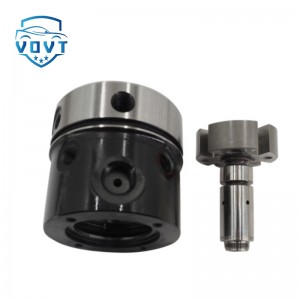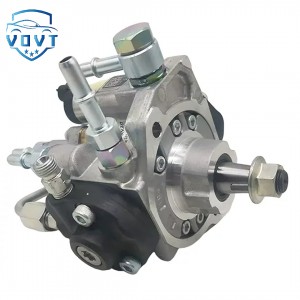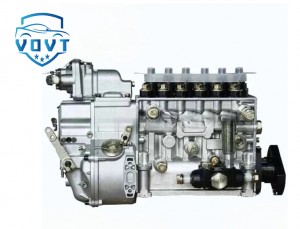High Quality Diesel Fuel Engine Pump Repair Kits 1 417 010 010 1417010010 Pump Gasket Kits for Spare Parts
products description
| Reference. Codes | 1 417 010 010 |
| OE/OEM Codes | / |
| Application | Fuel Pump |
| MOQ | 50 pcs |
| Certification | ISO9001 |
| Place of Origin | China |
| Packaging | Neutral packing |
| Quality Control | 100% tested before shipment |
| Lead time | 7~15 working days |
| Payment | T/T, L/C, Paypal, Western Union or as your requirement |
How a diesel engine works
The working principle of a diesel engine mainly involves four basic operating processes: intake, compression, power and exhaust. The following is a detailed description of the operation of these four processes:
1. Intake operation:
When the intake stroke begins, the piston is at the top dead center.
The crankshaft begins to rotate, and the piston moves from the top dead center to the bottom dead center through the connecting rod.
The volume in the cylinder gradually increases, causing the air pressure in the cylinder to be lower than the pressure in the intake pipe.
The intake valve opens, allowing fresh air to enter the cylinder until the piston moves to the bottom dead center, and the cylinder is filled with fresh air.
The intake valve then closes and the cylinder enters a closed state.
2. Compression operation:
The piston begins to move from the bottom dead center to the top dead center.
Both the intake and exhaust valves remain closed.
As the piston moves upward, the volume in the cylinder gradually decreases and the gas is compressed.
The air pressure and temperature in the cylinder rise sharply, preparing for the next stage of combustion.
3. Power operation:
When the piston approaches the top dead center, the injector begins to spray diesel into the combustion chamber at high pressure.
Diesel fuel mixes rapidly with high-temperature and high-pressure air to form a combustible mixture.
Diesel fuel burns immediately after reaching the autoignition point, producing high-temperature and high-pressure gases.
These gases push the piston downward, driving the crankshaft to rotate through the connecting rod, thereby outputting power.
The heat and gas pressure generated by the combustion process push the piston to work until the piston approaches the bottom dead center again.
4. Exhaust operation:
The piston moves from the bottom dead center to the top dead center.
The exhaust valve opens to allow the exhaust gas after combustion to be discharged from the cylinder.
The exhaust gas is directed to the external environment through the exhaust system.
When the piston reaches the top dead center again, the exhaust valve closes, marking the end of the entire working cycle and preparing for the intake phase of the next cycle.























